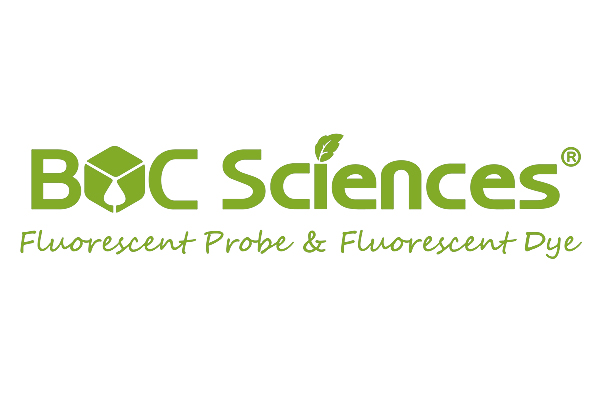Apoptosis Fluorescent Probes
-

-

-
 Annexin V, His Tag
Annexin V, His TagCAT:
Background
Apoptosis fluorescent probes are fluorescent dyes that has no permeability to the cell membrane of normal animals, but they are permeable to the cell membrane of apoptotic cells. They are often used for the detection of apoptosis.
Characteristics of Apoptosis Fluorescent Probes
Apoptosis fluorescent probes have quenching problems, please avoid light as much as possible to slow down fluorescence quenching. They must be stored in -20°C to avoid repeated freezing and thawing. They can stain the nucleus by permeating the cell membrane.
Application of Apoptosis Fluorescent Probes
There are various fluorescent probes for apoptotic cell detection, such as propidium iodide, acridine orange and oxazole yellow.
- Propidium iodide in apoptotic fluorescent probes is one of the most commonly used nucleic acid dyes for dead cells. They cannot penetrate functional cell membranes, but cells in the middle and late apoptotic stages and dead cells can increase the permeability of cell membranes, and they can stain the nucleus through cell membranes to achieve the labeling function.
- Acridine orange, or AO for short, are a fluorescent pigment. There are differences in the binding amount of the dye with DNA and RNA in cells, and they can emit different colors of fluorescence. The amount of binding to DNA is less green fluorescence, and the amount of binding to RNA is more orange or orange-red fluorescence. The dyes are membrane permeable and can penetrate through fine membranes to stain nuclear DNA and RNA. Therefore, when we observe under a fluorescence microscope, acridine orange can penetrate through the normal cell membrane, making the nucleus show green or yellow-green uniform fluorescence; while in apoptotic cells, the chromatin is pyknotic or broken into fragments of different sizes, forming apoptotic cells. Acridine orange stained with dense and dense yellow-green fluorescence, or yellow-green debris particles; while the yellow fluorescence of necrotic cells weakened or even disappeared. Acridine orange are often double-stained with ethidium bromide, because ethidium bromide only stains dead cells to produce orange fluorescence, which can distinguish normal cells, apoptotic cells and necrotic cells.
- Oxazole yellow are a DNA green fluorescent dye that have no permeability to normal animal cell membranes but have permeability to the cell membranes of apoptotic and necrotic cells. They are often used for the detection of apoptosis and necrosis. They can be applied to most eukaryotic mammalian cells, including adherent cells and suspension cells.
Resources

- Hoechst Dyes: Definition, Structure, Mechanism and Applications
- Mastering the Spectrum: A Comprehensive Guide to Cy3 and Cy5 Dyes
- Fluorescent Probes: Definition, Structure, Types and Application
- Fluorescent Dyes: Definition, Mechanism, Types and Application
- Coumarin Dyes: Definition, Structure, Benefits, Synthesis and Uses
- Unlocking the Power of Fluorescence Imaging: A Comprehensive Guide
- Cell Imaging: Definitions, Systems, Protocols, Dyes, and Applications
- Lipid Staining: Definition, Principles, Methods, Dyes, and Uses
- Flow Cytometry: Definition, Principles, Protocols, Dyes, and Uses
- Nucleic Acid Staining: Definition, Principles, Dyes, Procedures, and Uses
Online Inquiry

